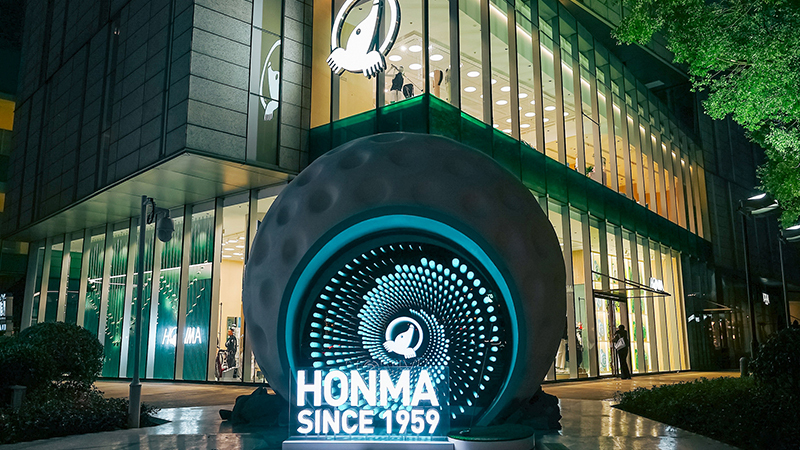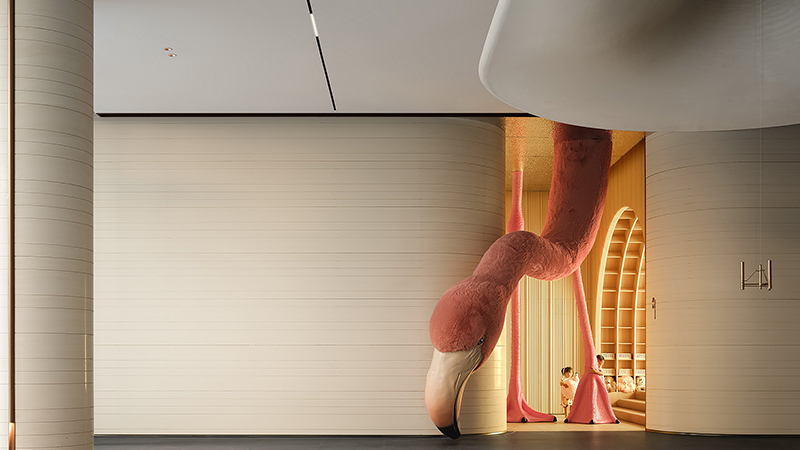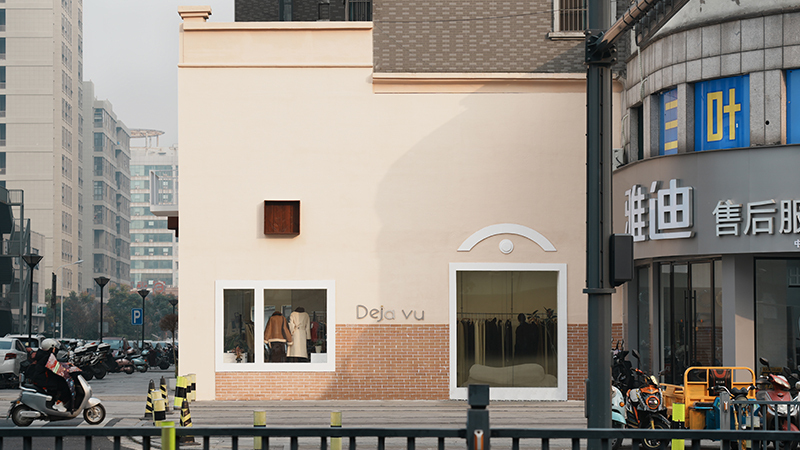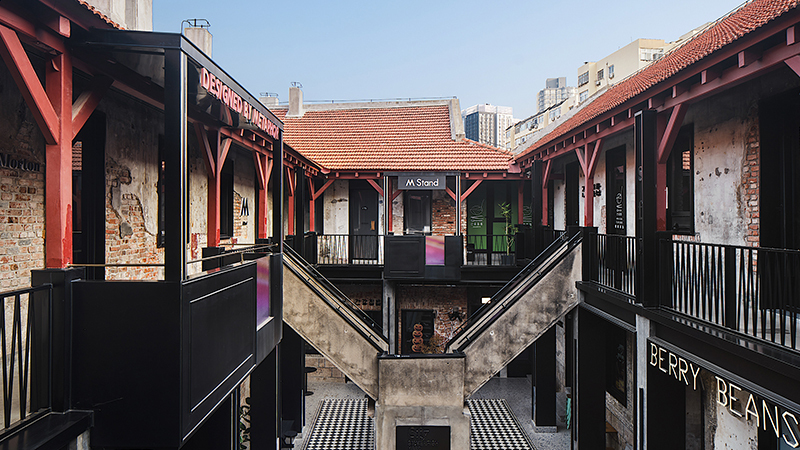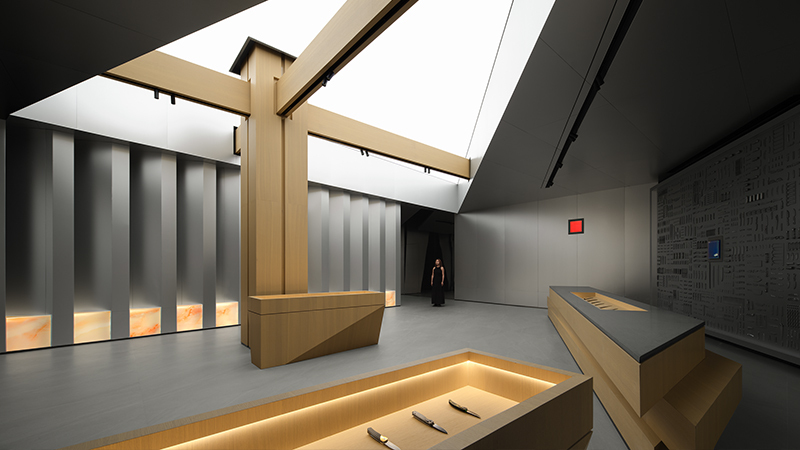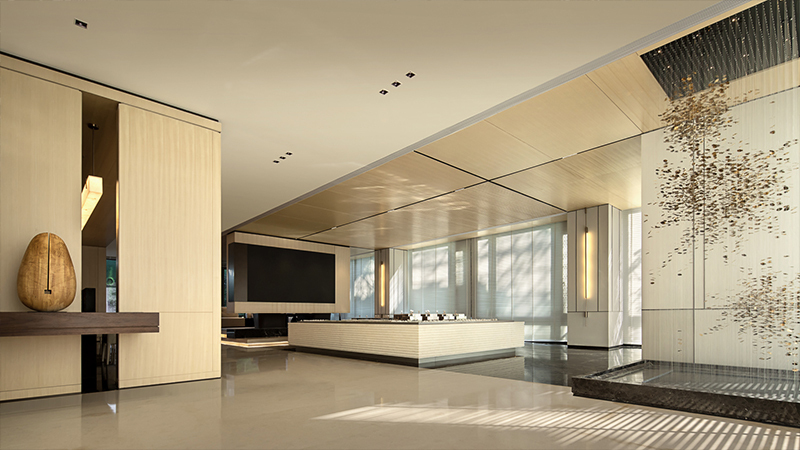创x 奕是一个搜罗售卖本土设计时装的平台,店铺位于奕欧来上海购物村。在连锁购物村全球化的建筑语境中,芝作室试图从上海的地缘特性出发,将典型的‘里弄’空间体验带入到时尚店铺中。
The ‘Modular Lilong’ was designed for Value Retail China to showcase ‘Chuang x Yi’; a concept brand that provides a platform for Chinese fashion designers. The 150 sqm site is located in Yioulai Shanghai Village; a sister to Bicester Village in London - both global shopping developments. The intent of ‘Chuang x Yi’ is to create a retail experience specifically related to the context of Shanghai.
‘里弄’作为一种都市建筑型态,空间的局限性激发出栖息者的创造力,延绵的窄巷内总能发现有趣的空间应用和丰富的细节肌理。这种模糊交错着私人与公共,居住与营商,不断自我衍变的有机体系构成了上海独特的城市景观。
The term Lilong refers to an urban typology, organized around meandering lanes, which often display creative solutions in response to issues of space shortage. The resulting blur between private and public, residential and commercial gives Shanghai its signature streetscape.
在这个设计中,芝作室试图阐释一条‘弄’与三座‘弄屋’的关系。并通过这个概念来划分店铺的不同区域:展示空间,等候区,试衣间,收银台以及后勤区。
Following the design brief to create a backdrop showcasing selective contemporary Chinese designers, Lukstudio re-interpreted the local, urban fabric with 3 lanehouses arranged into different display areas; one waiting lounge, two dressing rooms, the main cashier counter and a service area.
三座‘弄屋’的结构由模块化的金属框及活动单元组合而成,便于店铺换址时拆卸重装。单元的设计取材于‘里弄’中丰富的元素:入口单元可看到经典的‘石库门’弯角;
The structure of these lanehouses is conceived as a modular kit of parts, so that it can easily be disassembled and re-installed in another shop location if needed. The pieces are based on architectural features and textures found in a lilong. For example, old stone gates known as, ‘shikumen’ are used as entranceways, with their typical round corners seen in the smooth outline of the display cases.
上海市井标志性的外伸晾衣架化身成服装展示架;旧式凉椅的竹编被用作单元的分隔;可移动的定制家具在‘弄’内提供灵活的商品展示,由黄铜和木材做成,让人联想起弄里的长椅桌凳。
Furthermore, hanging washing lines are turned into copper-coated racks to display clothes, while bamboo rattan; a texture used in vernacular furniture, is applied to the divider screens. Display plinths and racks are positioned along the lane reminiscent of the common scene of scattering benches and stools.
铺石与木地板界定空间的同时,开放式的展示形式使得‘弄’与‘弄屋’之间保有视觉上的延续。
Despite the clear boundary between the stone pavement and the wooden flooring, the open display allows a fluid visual dialogue between the urban lane and the elegantly stacked houses.
多层次的相关元素堆叠成紧密的整体,兼具灵活性与秩序感的体验恰如‘里弄’生活的缩影。芝作室以这样的方式带来一场关于老建筑与新设计的探索旅程。
The retail experience consists of many architectural layers combined into a cohesive structure; offering a sense of pliancy and order that reflects the adaptive nature of lilong life. In this way Lukstudio has generated a journey of discovery, connecting old Shanghai architecture with today’s design world.
项目图纸:
创 x 奕:模块‘里弄’
甲方: 唯泰集团
地点: 弈欧来上海购物村
室内面积: 150 sqm
室内于灯光设计: LUKSTUDIO 芝作室
项目团队: 陆颖芝, Marcello Chiado Rana, Alba Beroiz Blazquez
展示家具与定制灯具设计: 体物设计
施工团队: 桐芯建筑工程(上海)有限公司
摄影: Dirk Weiblen
Chuang x Yi : the modular lilong
client: Value Retail China
location: Shanghai Village, 88 Shendi East Road, Pudong New Area, Shanghai, China
net area: 150 sqm
interior and lighting design: LUKSTUDIO
design team: Christina Luk, Marcello Chiado Rana, Alba Beroiz Blazquez
display furniture and custom lighting: TIWU design
general contractor: CENTROID CONSTRUCTION
photography: Dirk Weiblen
更新日期:2020-09-08 15:47:26
非常感谢 芝作室 带来的精彩项目, 查阅更多Appreciations towards LUKSTUDIO for sharing wonderful work on hhlloo. Click to see more works!














